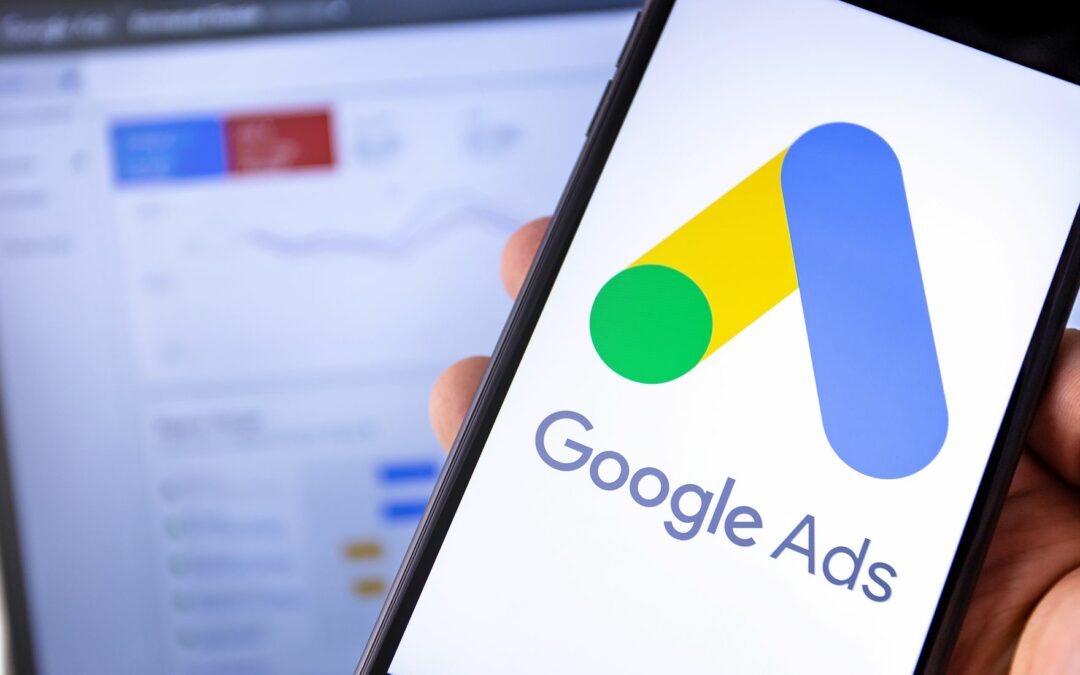Advertisers need to take more care of their first-party data if they want the digital ad ecosystem to reach a new level of privacy consciousness.
The concept of trusted execution environments (TEEs), which are brand-new cloud-based ad exchanges that assist in matching browser data with first-party data sets for targeting and measurement, is one facet of that progression. There is minimal chance of data leakage or company data swapping, as is normally the case with programmatic technology, because the first-party data owner is the only organization permitted to access and extract insights from the TEE.
Confidential matching is a new TEE-based function that Google Ads unveiled on Thursday. Using a TEE constructed on Google Cloud infrastructure, confidential matching creates a separate computing environment for ad targeting and measurement.
READ MORE: Support For Google Ads Is At A “All-Time Low” Google Questioned About This
All uses of advertiser first-party data in Customer Match on the Google Ads platform, including through Google Ads Data Manager, will now by default employ confidential matching. All Google Ads clients can use the service without charge, and there is no need for the advertiser to engage into a separate agreement with Google Cloud.
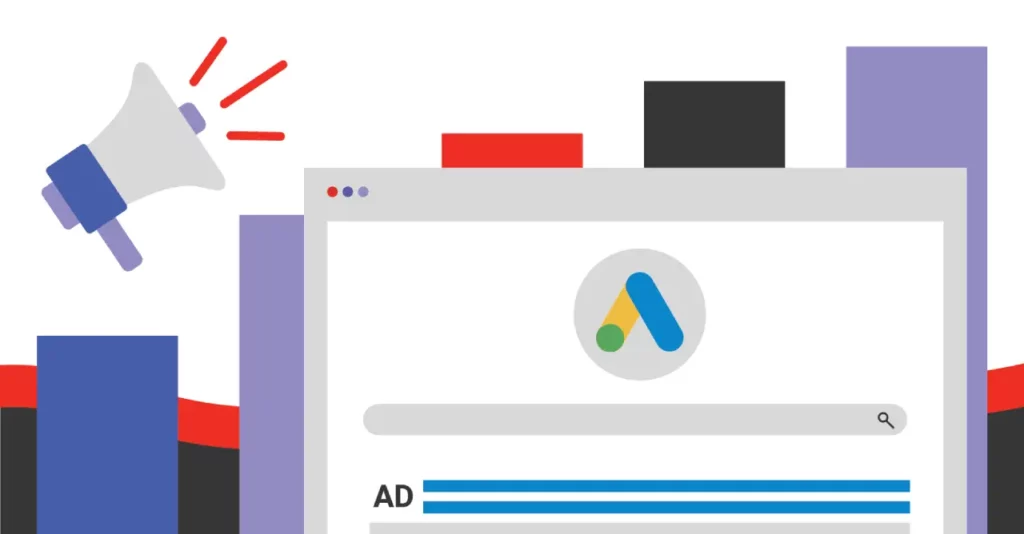
The way that TEE for confidential matching operates is akin to a mansion that only the advertiser can open, according to Kamal Janardhan, senior director of product management and ads measurement at Google Ads.
Janardhan stated, “You have an encryption key that is owned by the advertiser, so no one has access to any of the data, especially the infrastructure provider or Google Ads, who is the facilitator of the infrastructure.”
There are no changes required for current Google Ads users to start utilizing the service. When an advertiser connects their first-party audience data to Google Ads, the new TEE-based security features will be automatically applied.
The security measures will also be implemented for Google Ads’ improved web conversions in a few months. Janardhan continued. Enhanced conversions is an optimization feature that allows Google Ads to give more precise attribution and efficient campaign optimization by sending hashed advertiser conversion signals, like landing page clicks. To enhance attribution, Google Ads accomplishes this by adding its own logged-in data to the advertiser’s data.
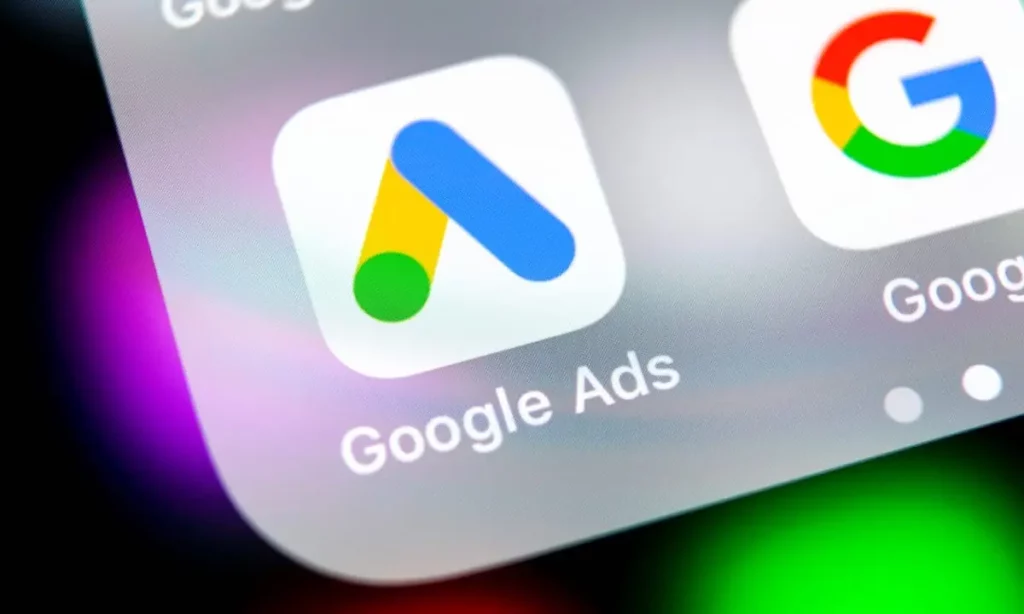
Importantly though, according to Janardhan, advertisers do not have any user-level information when the audiences or behaviors they have measured are linked to particular Google IDs. According to her, the advertiser merely gets aggregated statistics on conversions, which is all that’s actually needed for measurement.
Confidential matching is incompatible with third-party cookie matching since it can only be used with first-party data.
However, as long as these signals are based on data collected in a first-party context, with customers exchanging data directly with the advertiser, advertisers may use first-party audience data obtained from matches against third-party IDs, such as LiveRamp’s RampID or The Trade Desk’s UID2. Furthermore, according to Janardhan, Google AdWords would be unaware of the ID solution that was utilized to generate this audience data.
Additionally, she stated that while TEEs are used for identical objectives by both the Chrome Privacy Sandbox and the secret matching product, the Google Ads solution is unrelated to Chrome’s Privacy Sandbox endeavor.
READ MORE: Google Ads Is Revising The Specifications For Location Assets
Google’s recent attempts to go it alone have not been successful. Thus, it is collaborating with the privacy-enhancing technology working group of the IAB Tech Lab to develop best practices for the application of TEE technology.
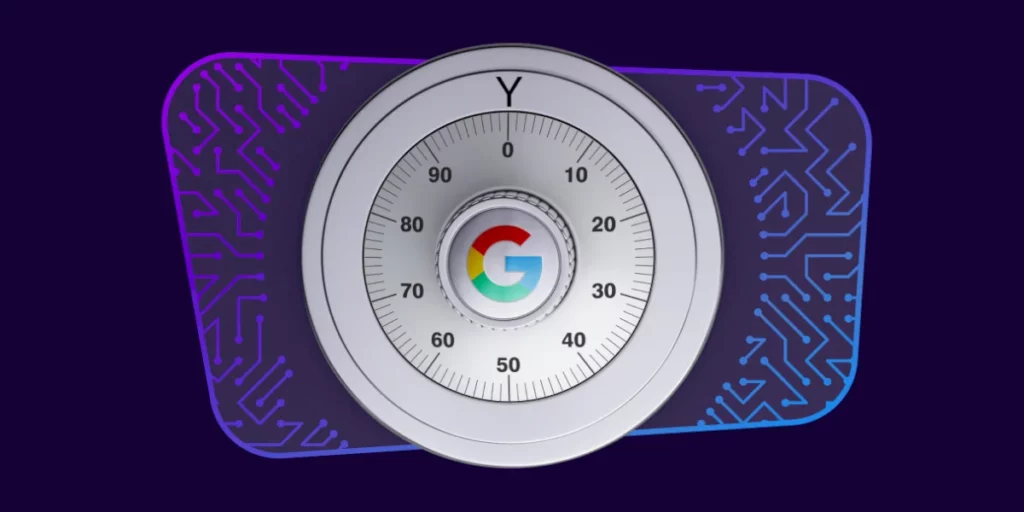
According to Janardhan, one aspect of TEE best practices is verifying that the solution functions as planned and that the use of advertisers’ data is limited to that intended use. This attestation is provided by Google Ads through reports that are sent to the advertiser via the user interface of the platform.
Additionally, Google Ads is opening up the TEE architecture to the public; the open-source code is housed on GitHub.
“We started the [Tech Lab] partnership and posted the code on GitHub because it was more convenient,” Janardhan stated. “We wanted to give customers [the attestation features] as soon as possible, so if you wanted, you could build this yourself using the reference architecture.”
READ MORE: Google Ads Is Experimenting With A New Overview Dashboard For Marketers
When asked if Google Ads hopes to see other ad tech companies use this architecture to develop TEE-based alternatives for other ad platforms or Google Ads, Janardhan responded, “From a vision perspective, we’re open to all of those flavors.”
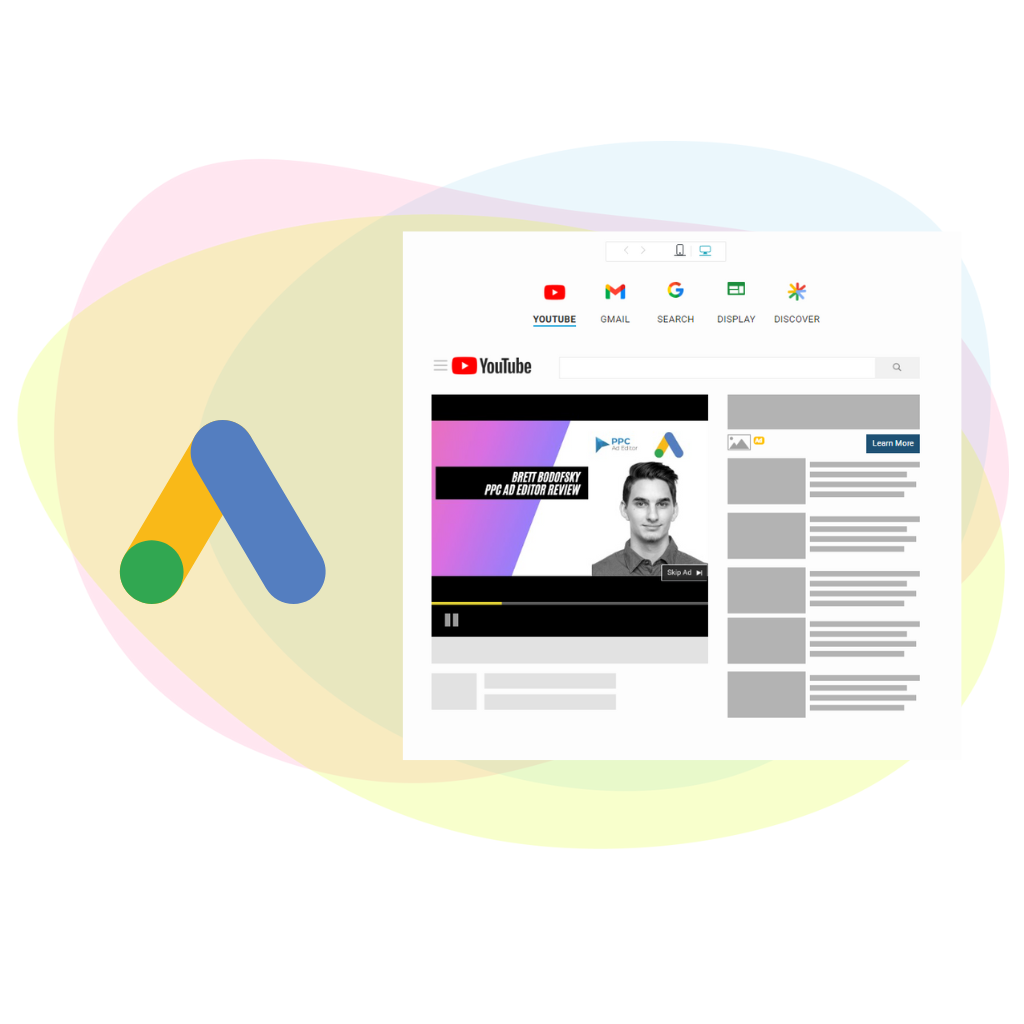
She did, however, clarify that the goal of collaborating with the IAB Tech Lab and making this TEE design open source is to promote industry best practices for larger TEE installations.
She declared, “This technology would [establish] norms around how data is processed safely.” “You don’t learn anything new just because you’re a particular [tech] provider; advertisers could bring in their data.”
According to her, the solution also gives top priority to allowing advertisers of all sizes to access first-party data into Google Ads Data Manager without requiring any technical assistance or investment from them.
“The notion that paying for privacy is actually detrimental to the advertising industry’s business model,” the speaker stated. “It must be implemented in an open ecosystem manner and integrated into the system.”
Radiant TV, offering to elevate your entertainment game! Movies, TV series, exclusive interviews, music, and more—download now on various devices, including iPhones, Androids, smart TVs, Apple TV, Fire Stick, and more.


